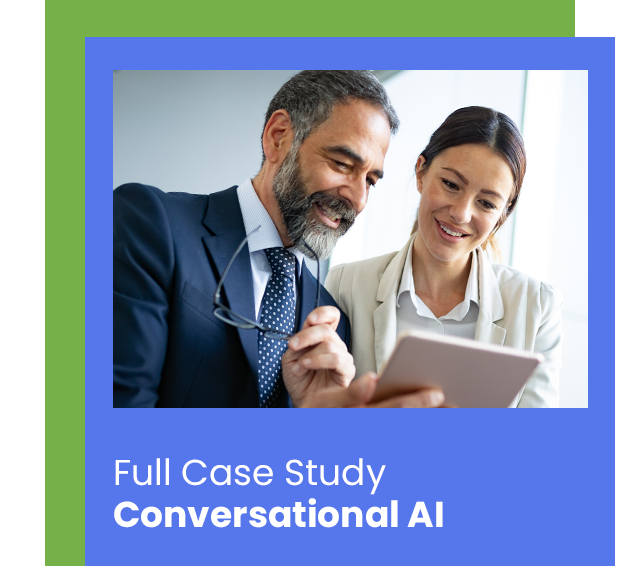The ever-growing complexity of the workplace
It is a business imperative that companies develop in time, either by expanding their portfolio of products and services or by expanding geographically. Yet, as organizations mature and grow, the resulting business complexity places pressure on all resources, most specifically the workforce.
Too much complexity translates into complicated organizational structures, slowed down internal processes, and an inability for teams to cut through the red tape and get valuable work done. In the absence of a more simplified workplace, a Gartner study found that only 13% of employees are satisfied with their experience.
As a result, each business division must concentrate solely on improving and streamlining workflows, particularly at the senior level, where their contributions can significantly influence the company's overall performance.
The Challenge
In 2019, after years of pursuing a rapid-growth strategy, including fast territory expansion, an aggressive acquisitions strategy, and rapid growth of its portfolio of medical services offered, Regina Maria found itself dealing with increasingly complex internal processes. Furthermore, the numerous technologies and internal applications originally introduced to handle this complexity were negatively impacting the performance of C-level management.
The Solution
Presenting ANA: an intelligent AI agent that integrates with the client’s five operating systems and links seamlessly to the existing multi-vendor application ecosystem. It is trained to take on tasks, communicate decisions and operate in internal systems while also connecting three of Regina Maria’s most important departments: medical, sales, and customer service. Managers can now access ANA 24/7 on any device (desktop, laptop, or mobile) through Microsoft Teams, thanks to a secure, hybrid deployment with an on-premise RPA connector.
ANA frees managers from time-consuming routine tasks like leave requests, expense approvals, and contract management, allowing them to focus on more strategic work. Also, ANA is aware of the internal structure of the growing Regina Maria organization and can offer solid contextual support for managers.
Key takeaways
By automating tasks and minimizing errors, AI agents can take over mundane and repetitive tasks across the business. This liberates employees to focus on problem-solving and more creative and exciting assignments. The results? A healthier bottom line, increased innovation, and more confident decision-making across the business.
Gartner’s Global Human Capital Trends survey shows that 70% of organizations are already exploring or using AI at some level. This is the first step toward enabling humans and machines to work together in a collaborative environment.

